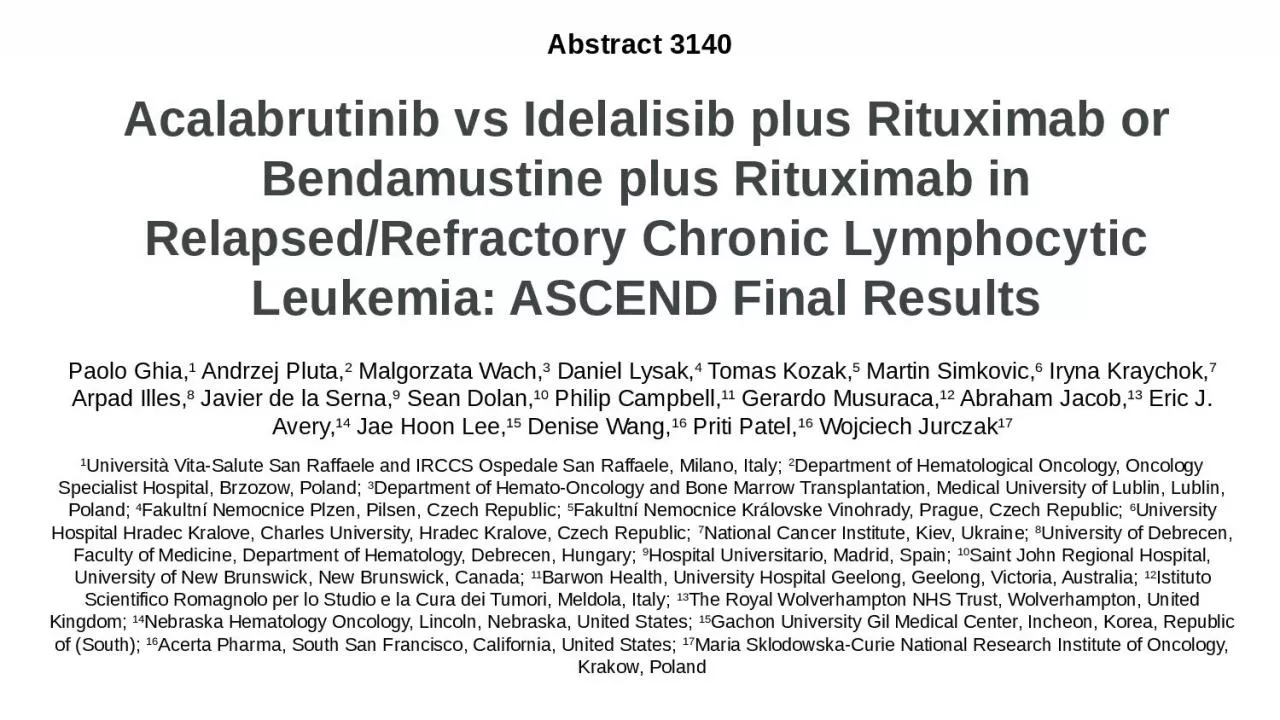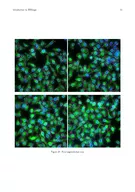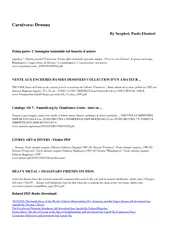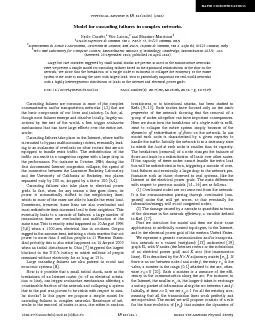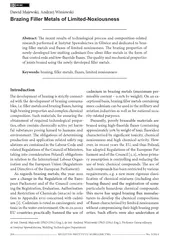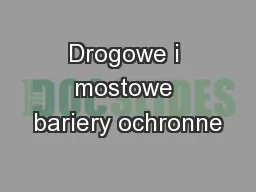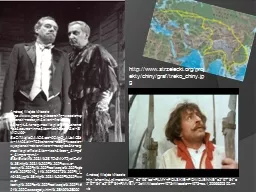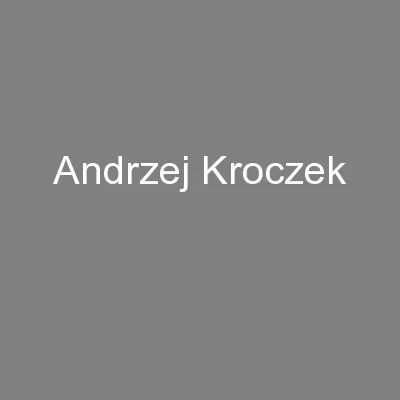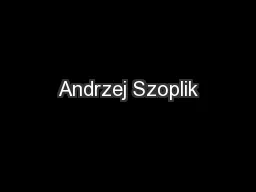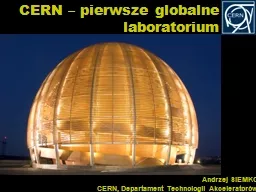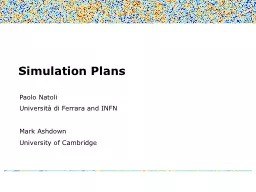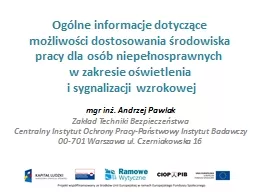PPT-Paolo Ghia, 1 Andrzej Pluta,
Author : HappyHippo | Published Date : 2022-07-28
2 Malgorzata Wach 3 Daniel Lysak 4 Tomas Kozak 5 Martin Simkovic 6 Iryna Kraychok 7 Arpad Illes 8 Javier de la Serna 9 Sean Dolan 10 Philip Campbell 11 Gerardo Musuraca
Presentation Embed Code
Download Presentation
Download Presentation The PPT/PDF document "Paolo Ghia, 1 Andrzej Pluta," is the property of its rightful owner. Permission is granted to download and print the materials on this website for personal, non-commercial use only, and to display it on your personal computer provided you do not modify the materials and that you retain all copyright notices contained in the materials. By downloading content from our website, you accept the terms of this agreement.
Paolo Ghia, 1 Andrzej Pluta,: Transcript
Download Rules Of Document
"Paolo Ghia, 1 Andrzej Pluta,"The content belongs to its owner. You may download and print it for personal use, without modification, and keep all copyright notices. By downloading, you agree to these terms.
Related Documents

